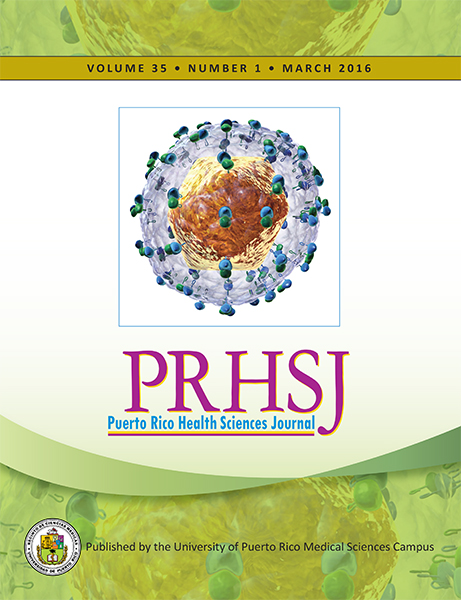Abstract
Menstrual-related hypersomnia (MRH) is a rare disorder consisting of recurrent hypersomnia that is temporally linked with menses. An unusual case of an 18-yearold female with repeated episodes of hypersomnia was referred to a psychiatrist and a neurologist. A review of the literature was done so that an accurate diagnosis could be made, thereby enabling the development of an appropriate treatment plan. Making an effective diagnosis was a challenge because of the similarity of the symptoms of MRH with other psychiatric disorders. As additional clinical features were identified and treatments were ruled ineffective, further diagnoses were proposed. The patient’s symptoms ceased with oral contraceptive treatment. Hormones play a role in the menstrual cycle and frequently affect behavior (such as sleep patterns). This case underlines the importance of multidisciplinary evaluation and treatment in unusual cases. The potential role of hormone fluctuation in patients with psychiatric conditions should be considered when diagnosing and treating those who are unresponsive to traditional pharmacological treatments.
Authors who publish with this journal agree to the following terms:
a. Authors retain copyright and grant the journal right of first publication with the work simultaneously licensed under a Creative Commons Attribution License that allows others to share the work with an acknowledgement of the work's authorship and initial publication in this journal.
b. Authors are able to enter into separate, additional contractual arrangements for the non-exclusive distribution of the journal's published version of the work (e.g., post it to an institutional repository or publish it in a book), with an acknowledgement of its initial publication in this journal.
c. Authors are permitted and encouraged to post their work online (e.g., in institutional repositories or on their website) prior to and during the submission process, as it can lead to productive exchanges, as well as earlier and greater citation of published work (See The Effect of Open Access).
